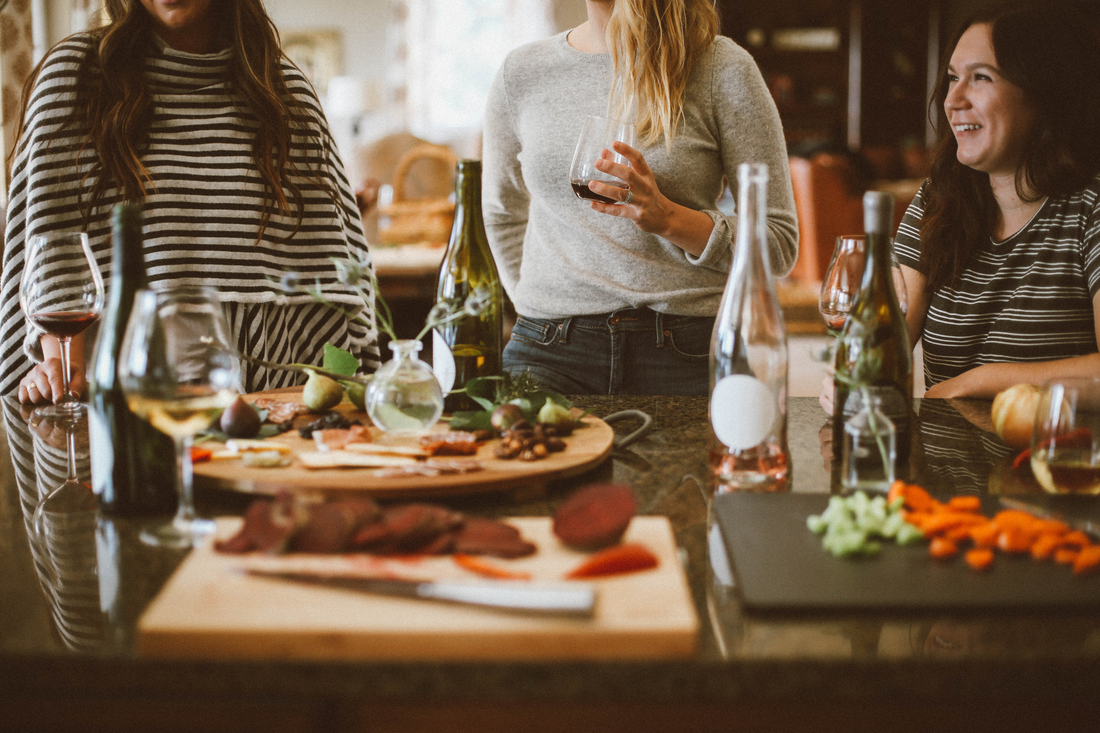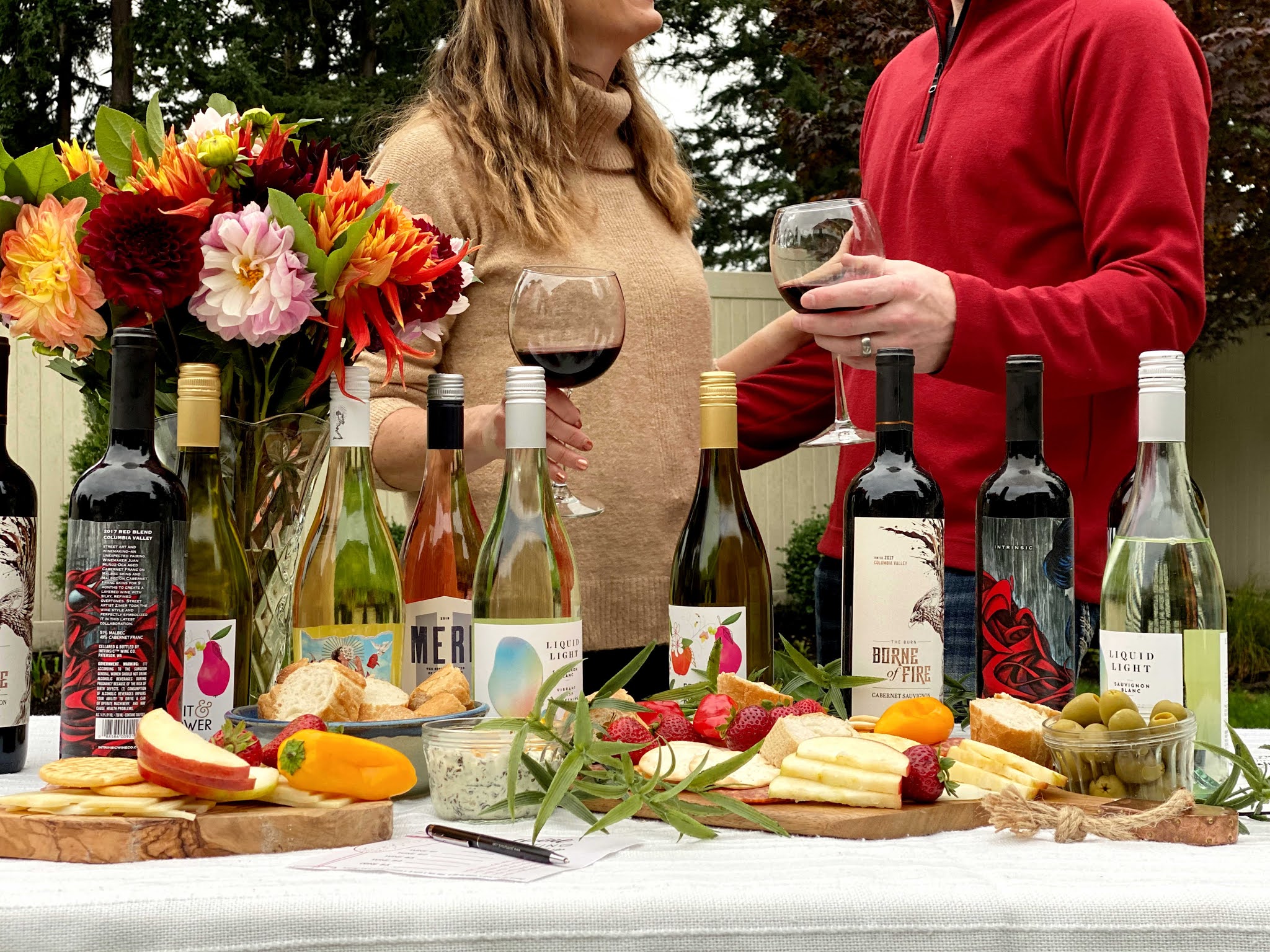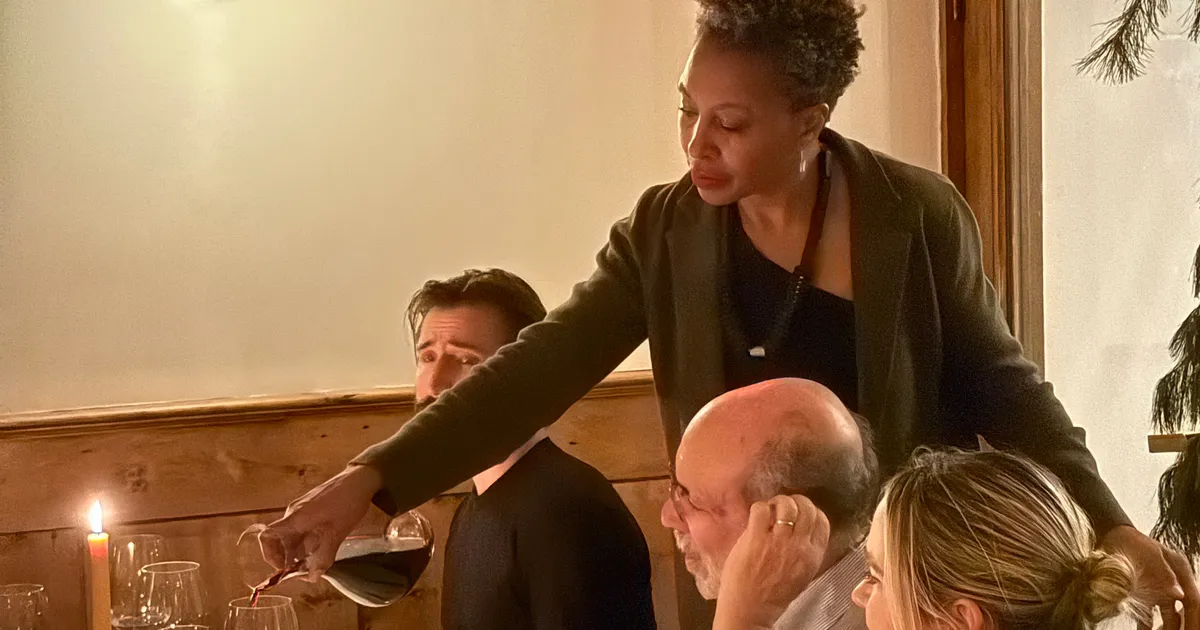Hosting a wine tasting at home offers an intimate and sophisticated way to explore different wines while entertaining friends and family. Whether you’re a seasoned wine enthusiast or just beginning your journey into the world of viticulture, creating a memorable wine tasting experience in your own space is both achievable and rewarding.
The beauty of home wine tastings lies in their flexibility – you can customize everything from the wine selection to the atmosphere to match your guests’ preferences and expertise levels. Unlike formal wine events, home tastings allow for relaxed conversation, personal discovery, and the opportunity to learn at your own pace. With proper planning and attention to detail, you can create an evening that rivals professional wine tastings while maintaining the comfort and warmth of your own home.
Planning Your Wine Selection
The foundation of any successful wine tasting begins with thoughtful wine selection. Choose 6-8 wines for optimal variety, allowing guests to compare flavors side-by-side. For beginners, select 2 white wines and 2 red wines made from single varietals, as this helps guests understand the distinct characteristics of different grape varieties. You can expand to 6 wines (3 whites and 3 reds) for more experienced tasters who want to explore greater diversity.
Consider organizing your selection around a specific theme to create focus and educational value. Popular themes include exploring wines from a particular region, comparing different vintages of the same wine, or focusing on specific grape varietals. Budget-conscious hosts can ask each guest to contribute a bottle within predetermined guidelines, such as “bring your favorite red under $30,” which keeps costs manageable while ensuring variety.
Essential Equipment and Setup

Proper equipment elevates the tasting experience significantly. Each guest needs 2-3 wine glasses to compare wines side-by-side effectively. If you don’t have enough fancy glassware, identical clear glasses work perfectly fine. The key is ensuring guests can see the wine’s color and that the glass shape allows aromas to concentrate properly.
Temperature control is crucial for optimal tasting. Chill sparkling, white, rosé, and dessert wines while serving red wines at room temperature. Start your evening with sparkling wine served in flute glasses to set the mood and prepare palates. Don’t forget to open red wines 1-2 hours before serving to allow proper aeration.
Provide spittoons or pouring buckets for guests who prefer not to finish each sample, keeping the experience enjoyable and preventing overconsumption. Water should be readily available for palate cleansing between tastings.
The Tasting Process
Structure your tasting using the professional six-step method. Begin by filling glasses only 1/4 full to allow proper swirling and aroma concentration. Guide guests through visual observation first, noting the wine’s color, transparency, and darkness – brown tones indicate aging, while darker, more opaque wines suggest fuller body and richer flavors.
The aromatic phase involves swirling wine to release fragrances, then taking time to identify different scent notes. This preparation enhances the actual tasting experience. When tasting, encourage guests to take a small initial sip to cleanse their palate, followed by a more substantial second sip where they can swish the wine and identify flavors, textures, and tannins.
Creating the Perfect Atmosphere
Avoid using scented candles or strong-smelling flowers that might interfere with wine aromas. Instead, focus on neutral lighting and comfortable seating arrangements that encourage conversation. Provide neutral palate cleansers like plain crackers or sliced baguettes between tastings.
Consider creating tasting sheets where guests can record their impressions of each wine’s aroma, flavor, and finish. For added entertainment, try a blind tasting format by wrapping bottles in aluminum foil and numbering them. This removes bias and makes the experience more interactive and educational.


